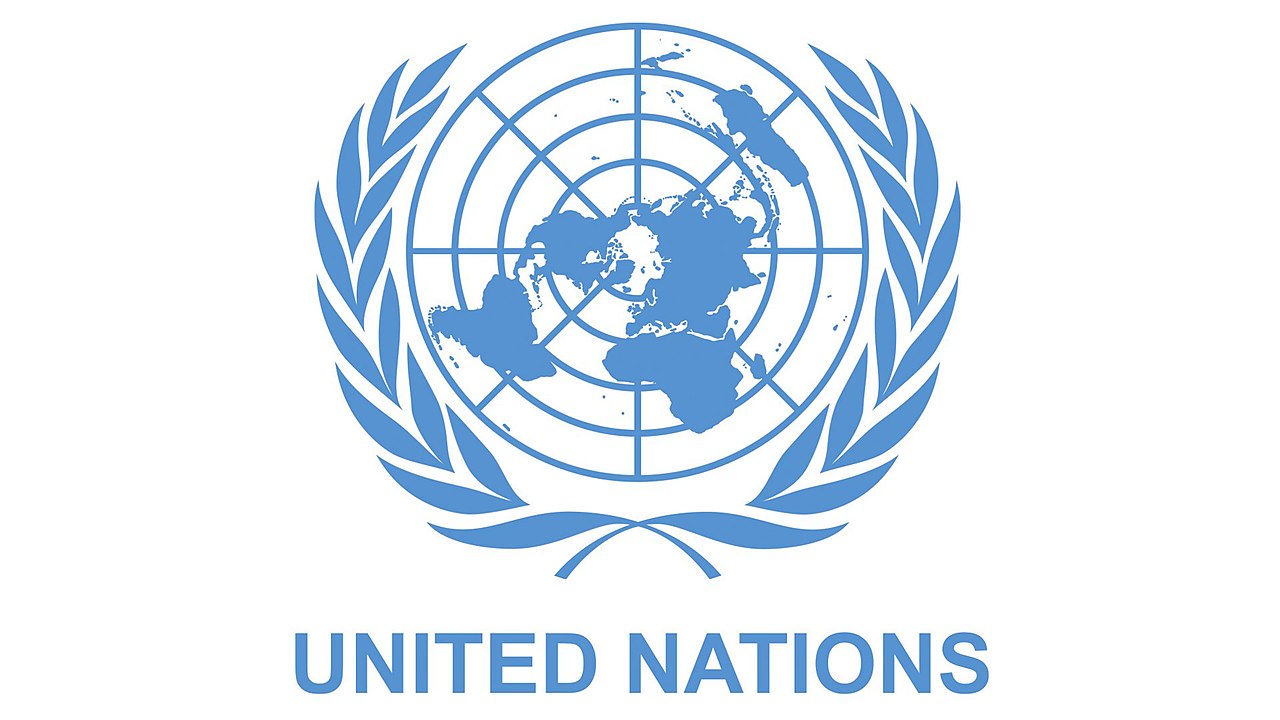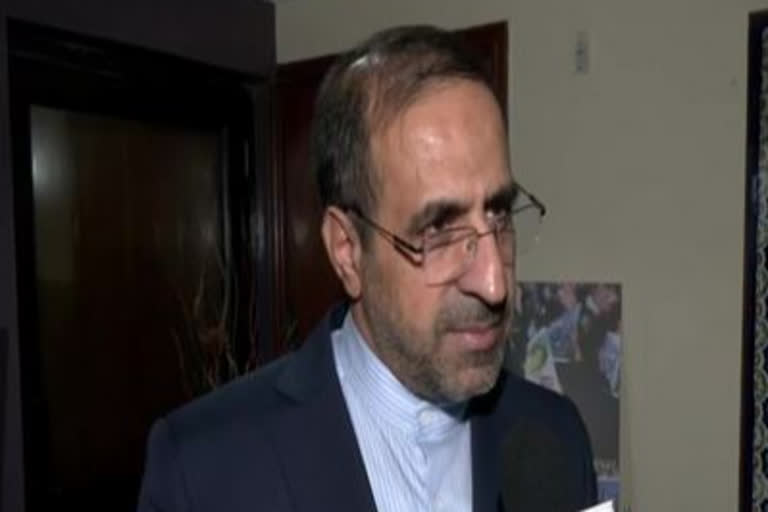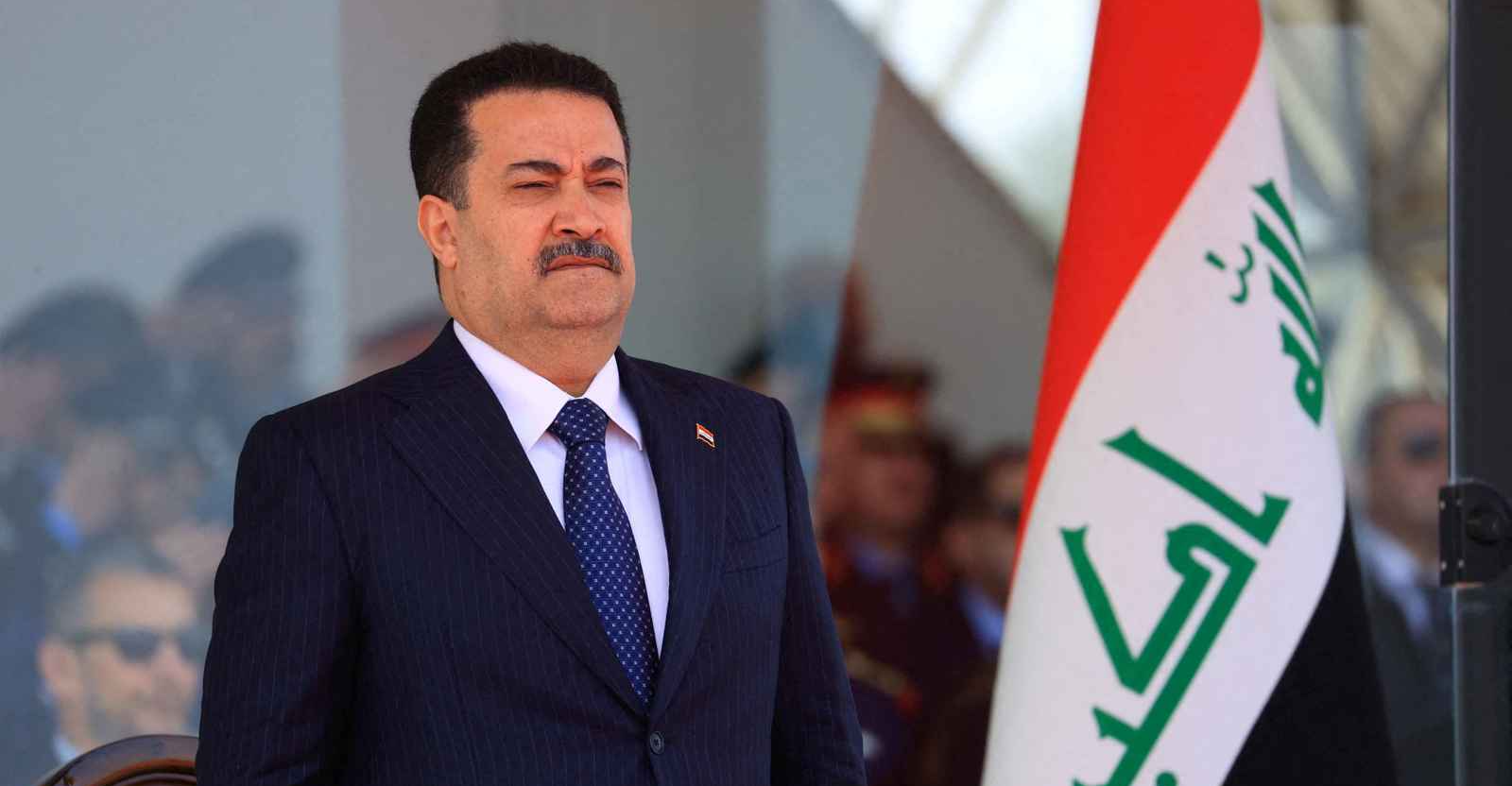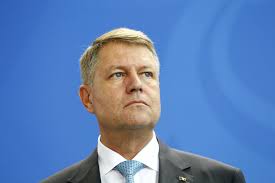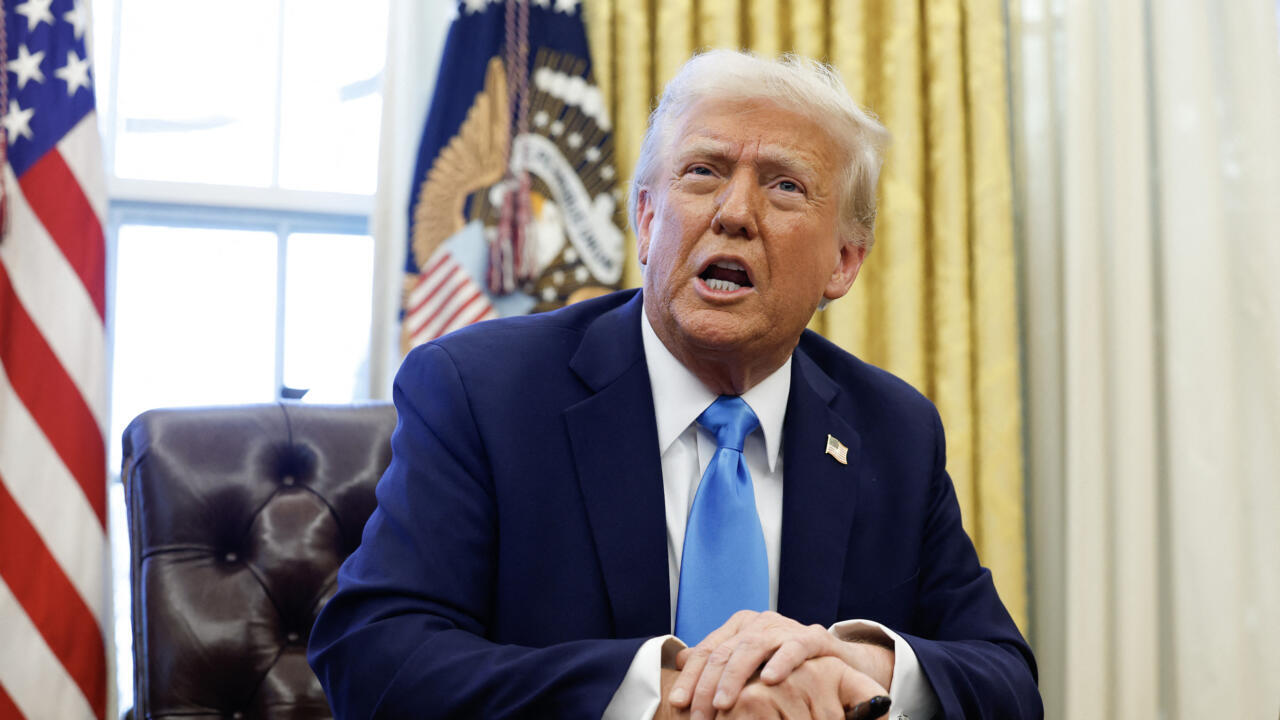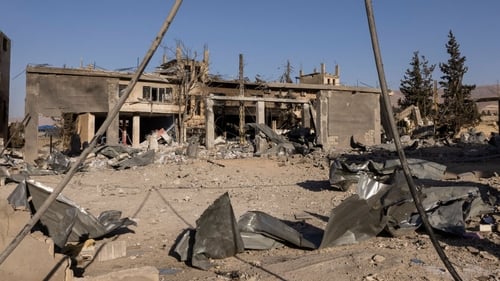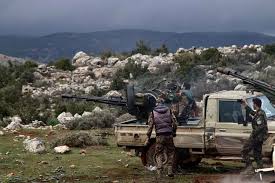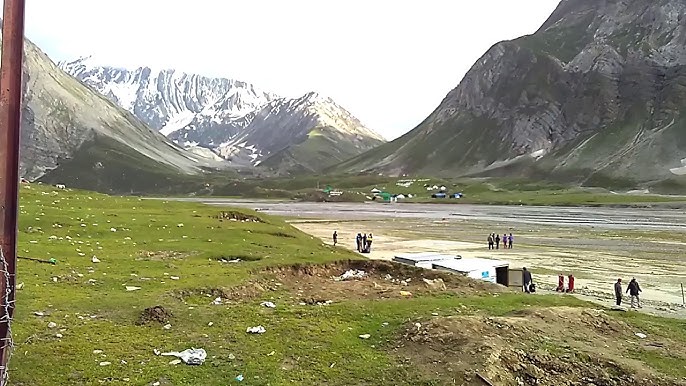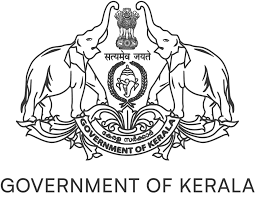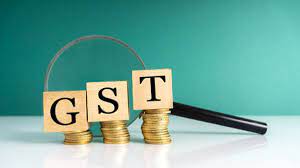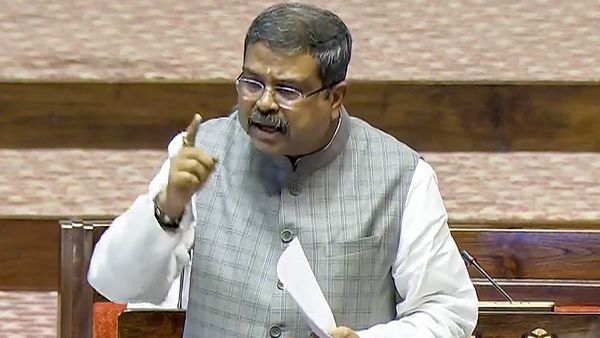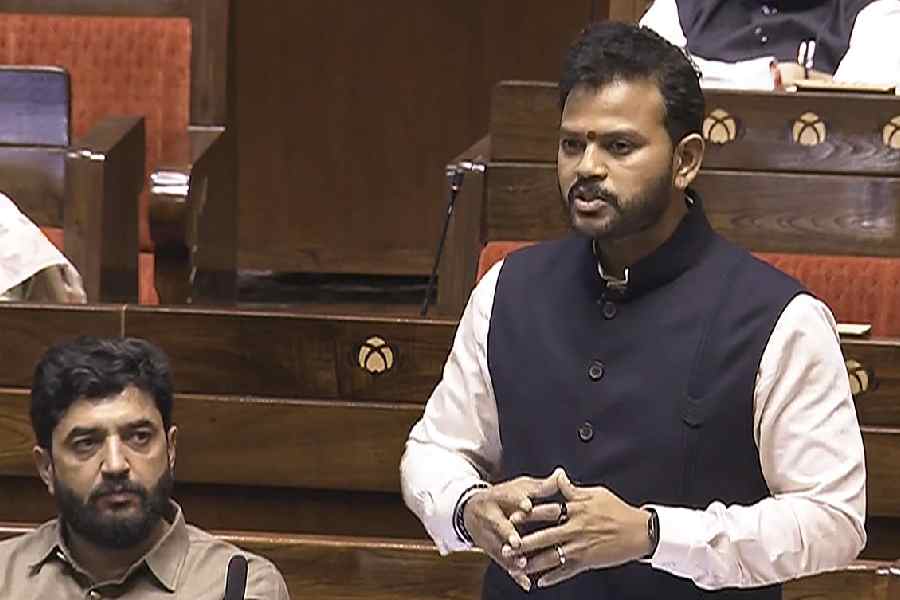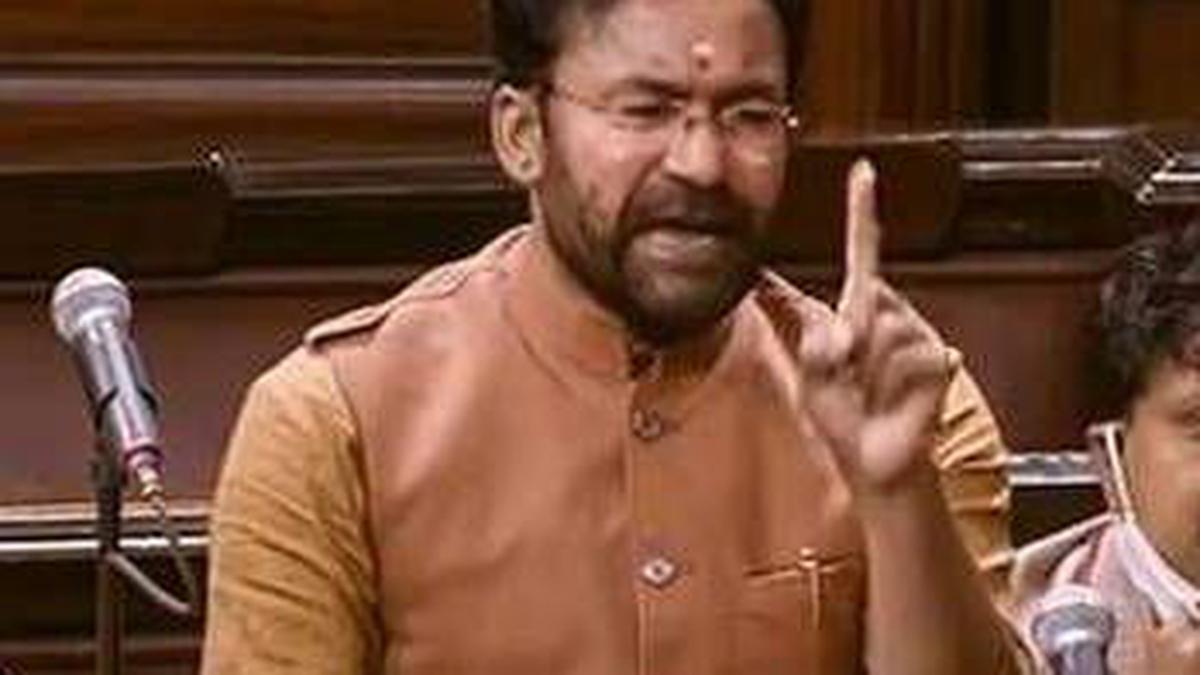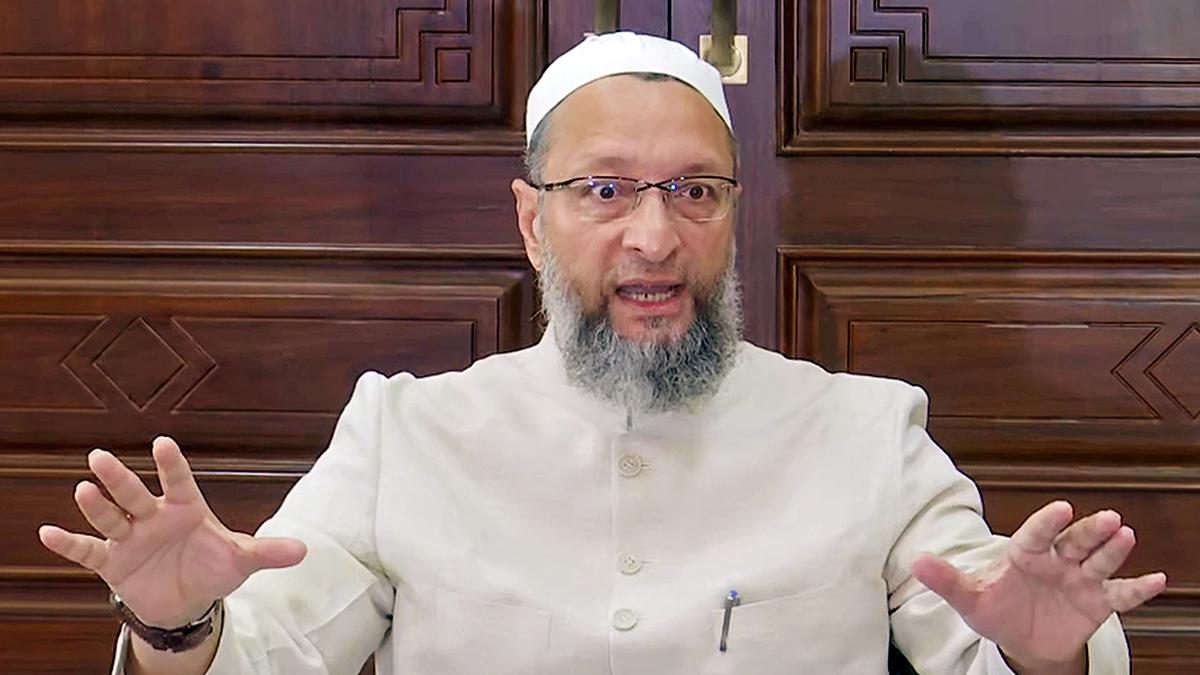Global oil usage ‘likely to top 100 mbpd in 2018’
Thu 01 Feb 2018, 12:21:22
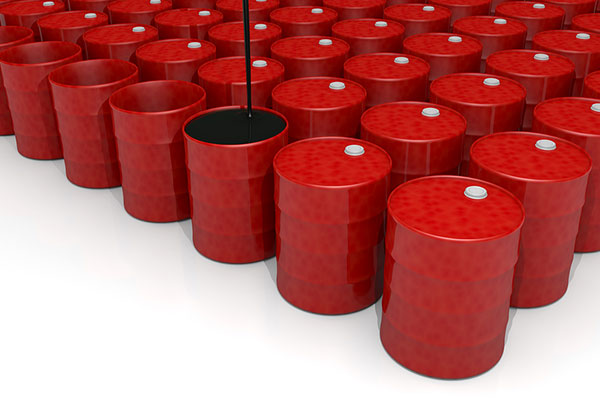
Average global consumption was 93.6 million barrels per day (b/d) in 2014, and is likely to increase to 100.1 million b/d in 2018 and 101.8 million b/d in 2019, said a report.
The optimal level of inventories to meet surge in demand or untoward disruption in supply required could be higher in general, added the latest Oil Market Update from Al Rajhi, a leading financial services provider in Saudi Arabia.
“However, even as oil inventories are declining we would expect the level to further decline before Opec takes a call on further action,” the report said.
Opec is closely monitoring US inventory level for future action, it added, noting that though US commercial inventories have declined by over 100 million barrels in 2017, it is still higher than 2014 levels.
As oil prices have been on a recovery path, the general consensus seems to be a continued increase in US shale production to record levels. Despite rising prices most firms are still in losses with no signs of improvement and average ROA is still a measly 0.8 per cent on account of higher capex and leverage. Moreover, in Q3, the average operating
cost per barrel has broadly remained the same without any efficiency gains.
cost per barrel has broadly remained the same without any efficiency gains.
The shale firms have been exuberantly investing even as the price per barrel required (currently $64/barrel) to meet cash flow requirements has only been increasing. Even when capex declines, we are unlikely to see any sustained drop in cash flow required per barrel due to drop in production due to the nature of shale production and rising interest expenses. Hedging benefit was negligible in Q3 2017.
“We sense more unity among Opec members as well as Non-Opec allies to take a collective decision which will especially help to manage the market balance and any potential risks, namely a) uncertainty in production outside Opec, mainly Shale production and b) Chinese demand for oil,” the report said.
“Therefore, though following the extension of current production cut agreement till December 2018, shale producers may gain more market share in 2018, Opec might devise a new strategy (which may not only just be capping production) so as to manage an oil price optimal enough for the existing fields to continue production but rebalance the market.”
No Comments For This Post, Be first to write a Comment.
Most viewed from International
Most viewed from World
AIMIM News
Delhi Assembly polls: Owaisi leads Padyatra in Okhla
Feb 01, 2025
We reject this Waqf Amendment Bill: Asaduddin Owaisi
Jan 30, 2025
Latest Urdu News
Most Viewed
May 26, 2020
Which team will win the ICC Men's Champions Trophy 2025 held in Pakistan/Dubai?
Latest Videos View All
Like Us
Home
About Us
Advertise With Us
All Polls
Epaper Archives
Privacy Policy
Contact Us
Download Etemaad App
© 2025 Etemaad Daily News, All Rights Reserved.


